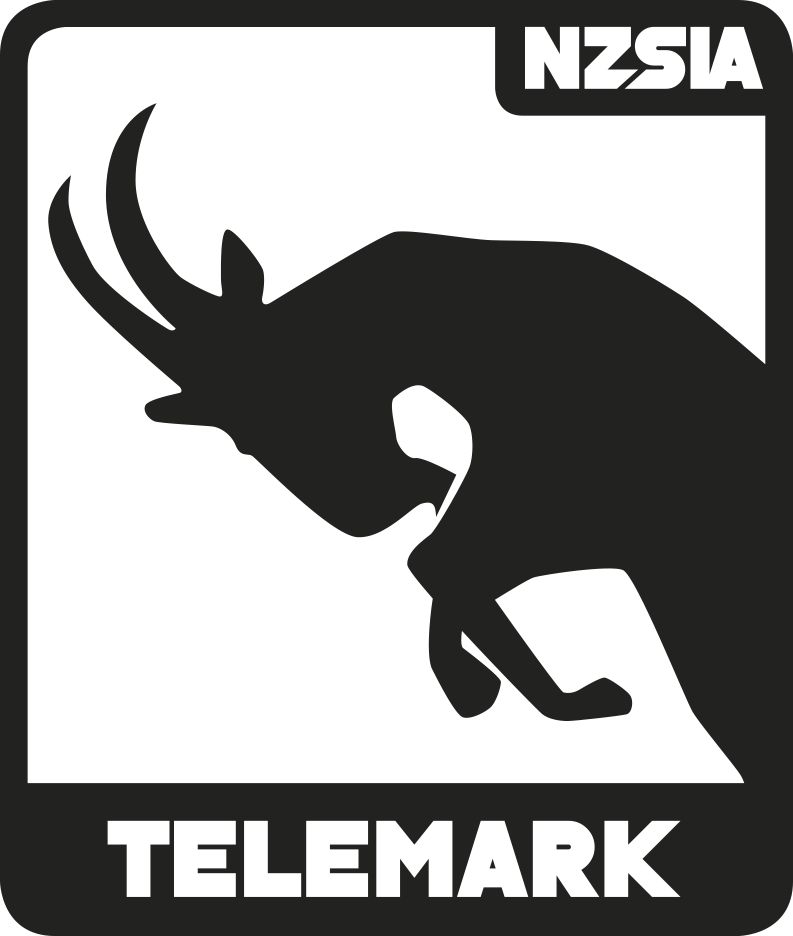Effective Communication will cover the ways that you can be an effective communicator. Learn some important communication tools, discover different styles of communication, and delve deeper into different feedback and questioning tools that a telemark instructor can use.
Seek-Give-Seek Feedback Model
Providing accurate, meaningful feedback is essential for student learning and motivation. The Seek-Give-Seek model enhances self-awareness, engagement, and two-way communication, allowing students to take an active role in their own learning process.
This model ensures that feedback is a conversation, not just an instruction, keeping students engaged and motivated while preserving a positive student-instructor relationship.
By using Seek-Give-Seek, instructors:
How It Works
The Seek-Give-Seek model consists of three steps:

Seek
Encourage Reflection
Before giving feedback, prompt the student to reflect on their own performance. This step is essential for developing intrinsic awareness and helps the student build a deeper understanding of their skiing.
Instructor’s Role:
- Ensure the student has a clear focus for the task
- Ask open-ended questions to encourage self-assessment
- Guide students to reflect on a specific aspect of their skiing
Example Questions:
- “How did that feel? What did you notice?”
- “What was your focus on that run?”
- “What do you think went well, and what would you like to improve?”
Hot Tip
If the student struggles to reflect or shifts focus to a different aspect, this may indicate that they lack clarity of outcome. In this case, revisit the task’s purpose before proceeding.
Give
Provide Objective, Non-Judgmental Feedback
Now that the student has shared their reflection, provide clear, factual feedback to validate, clarify, or enhance their understanding.
Instructor’s Role:
- Avoid vague praise (“That was great”)—instead, provide specific observations (“Your lead change was smoother on that run”)
- Keep feedback non-judgmental and focused on facts, not personal evaluation
- Reinforce what is working well and highlight opportunities for improvement
- Use neutral, factual language to avoid making feedback feel personal or critical
Example Feedback Statements:
- “On that run, most of your turns were started with the upper body.”
- “Your balance looked solid in the middle of the turn, but you seemed a little aft in the transition. Did you feel that?”
- “You controlled your speed well, but your lead change was a bit rushed. Slowing it down could help maintain stability.”
- “Your stance width was consistent—that’s great! Now let’s focus on engaging your edges earlier in the turn.”
Hot Tip
If the student needs more clarity, consider adding a visual demonstration or kinesthetic cue to reinforce the feedback.
Your feedback does not always have to focus on what needs to be fixed—it can also reinforce what the student is doing well. Recognising strengths builds confidence and motivation.
Seek
Guide the Student to Decide the Next Step
Now that the student has received feedback, allow them to take ownership of their next move.
Instructor’s Role:
- Ask guiding questions that encourage students to think critically
- Give students a say in how they progress (autonomy builds engagement!)
- Offer choices to empower students in their learning journey
Example Questions:
- “What would you like to focus on for the next run?”
- “How do you think you can adjust to improve your edge engagement?”
- “Would you like to try that again or add a new challenge?”
Hot Tip
If the student is uncertain, offer a couple of options to guide their decision:
"Would you like to slow down your lead change first, or focus on engaging your edges earlier?"
This is where augmented feedback happens—the instructor and student work together to decide the next step.
Example Student Responses:
- “I couldn’t feel my upper body moving me into the turn. Can you video me so I can see it?”
- “Yes, I felt my upper body moving first. Let me try again and see if I can adjust.”
- “Can you give me a drill to help my upper body stay more stable as I move into the turn?”
At this point, the instructor suggests targeted adjustments based on the student’s input:
- “This time, really focus on using your leg muscles to initiate the turn and keep the upper body steady.”
By adapting feedback to the student’s responses, the instructor reinforces self-awareness and builds trust in the learning process.
Why Use Seek-Give-Seek?
- Encourages self-reflection – Students become more aware of their own performance
- Increases motivation – Students feel more engaged when they have control over their learning
- Enhances retention – Students develop the ability to self-correct and apply feedback independently
- Builds trust – The instructor-student relationship strengthens through collaboration
Putting It All Together – Example in Action
Scenario: A student is working on lead change timing in their Telemark turns.
- Seek – “How did that feel? Were you able to time the lead change smoothly?”
- Give – “Your lead change was well-timed in the first half of the run, but towards the end, it sped up and made your stance a bit narrow.”
- Seek – “Would you like to focus on maintaining a consistent rhythm, or try adjusting your stance width next run?”
By following this model, the student stays engaged, understands their progress, and actively participates in their own development.
Key Takeaways
- Seek: Encourage self-reflection before giving feedback
- Give: Provide objective, fact-based feedback in a clear, encouraging way
- Seek: Let the student decide how to move forward
The best instructors don’t just give feedback—they create an environment where students learn to assess themselves!

